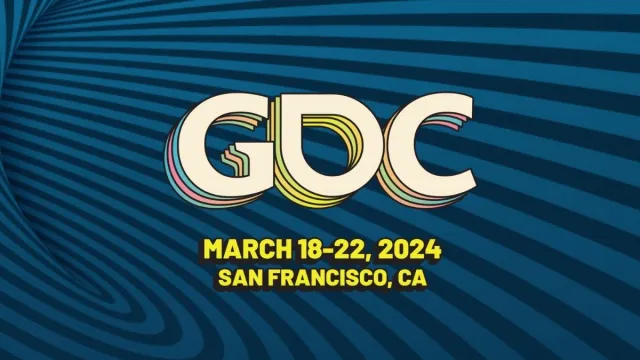According to the official scheduling, Microsoft is getting ready to show off its first-party resolution upscaler at this year’s Game Developer Conference in San Francisco. Though this is more of an industry event rather than a conference for the consumer, the presence of DirectSR is quite exciting.
As the GDC description notes, DirectSR is supposed to be an all-in-one resolution upscaling solution integrated into Windows itself. The notion that Microsoft is working on its own AI-based upscaler isn’t new as such, but it is a bit of a surprise that it’d get shown off in such relatively short order. We’ve seen an OS-level resolution upscaler make its way to widespread gaming audiences with Valve’s Steam Deck. In fact, the FSR integration present on the Deck may offer an idea of some of the potential caveats Microsoft may face with DirectSR, too.

Microsoft Super Resolution Upscaler is getting shown off at GDC 2024
Microsoft will show off its system-wide DirectSR upscaler on Thursday, March 21. “Microsoft will provide a preview into DirectSR,” reads the GDC description, “making it easier than ever for game devs to scale super resolution support across Windows devices.” It’s not much to go on, of course, but it is mighty interesting indeed, given that DirectSR may be able to sidestep some of the problems present in FSR 1.0 integration on the Steam Deck.
Notably, even though you can upscale any game you want on the Steam Deck, the device is doing so using no AI-based tricks. FSR 1.0 does not have any temporal element (i.e. motion vectors), which massively limits upscaling functionality and delivers a relatively muddy and low-quality picture. This is the biggest issue with the OS-wide feature integration on the Steam Deck, and it limits the performance uplift and image quality that one can expect from using it. Nvidia’s DLSS, in comparison, needs dedicated Tensor cores for its upscaling to perform, but it delivers both superior image quality and performance, in return.
Since Microsoft’s DirectSR seems to be leveraging AI to some extent, the obvious expectation is that it’s going to be better than anything FSR could do on a system level. On the flip side, there’s the matter of it working across the board on all applicable hardware: it’s difficult to imagine it could be quite as performant as DLSS, which needs Tensor cores to do its job.
Further, there may be some discrepancy between DirectSR and the leaked Auto SR feature; the relationship between the two features is currently unclear, at best. Whatever the case may be, Microsoft’s GDC talk ought to be interesting, and may afford us a look at what Microsoft plans to do with the feature in the long run.






Published: Feb 26, 2024 09:47 am